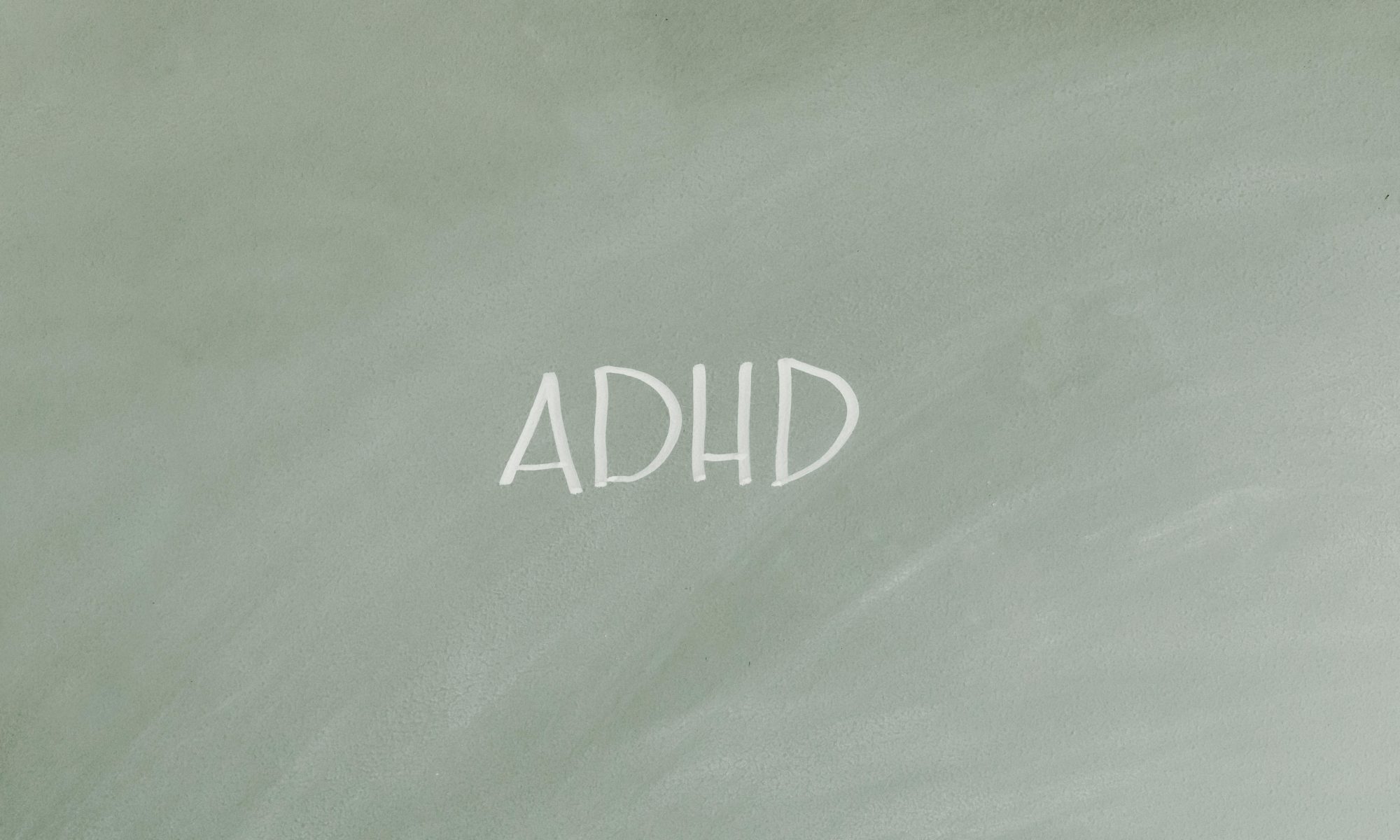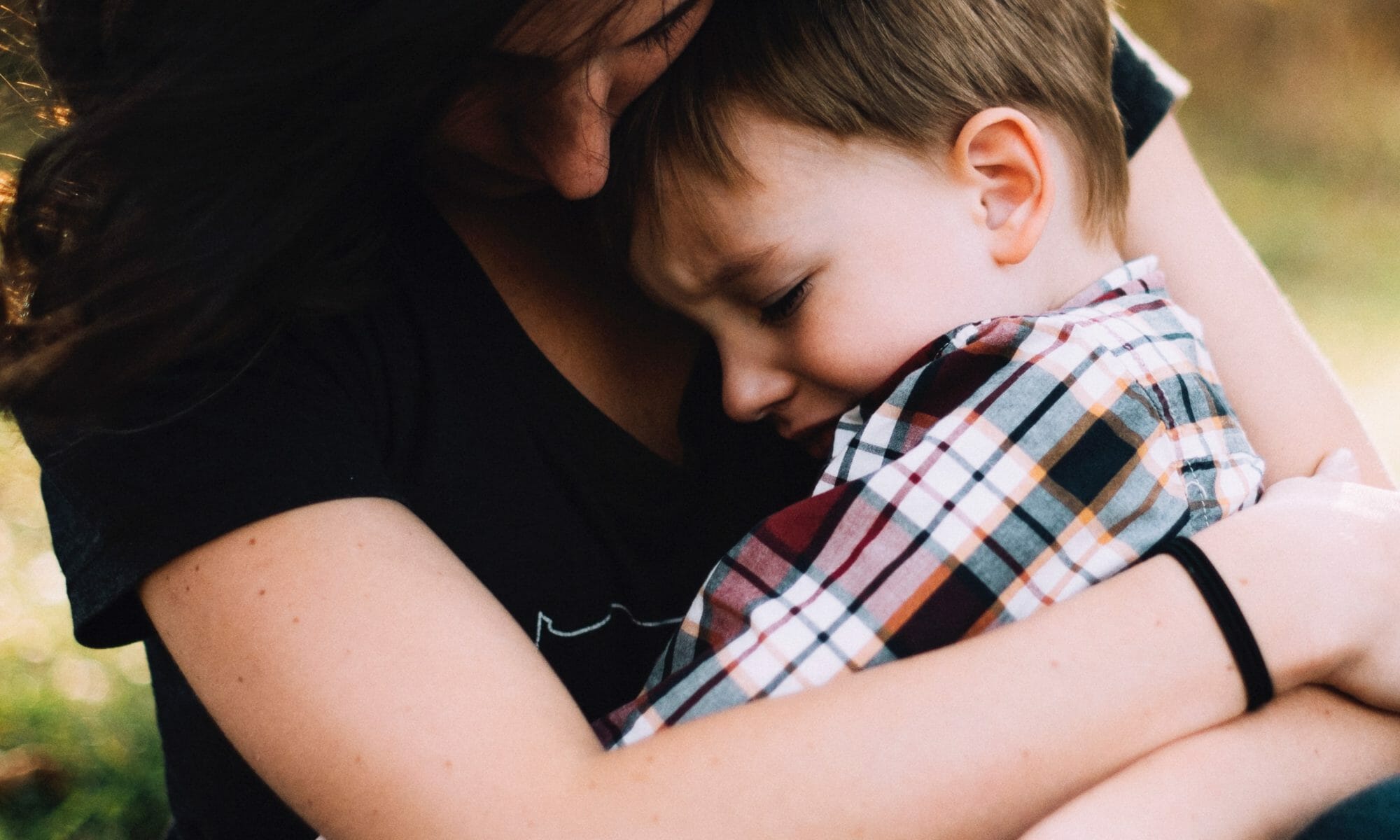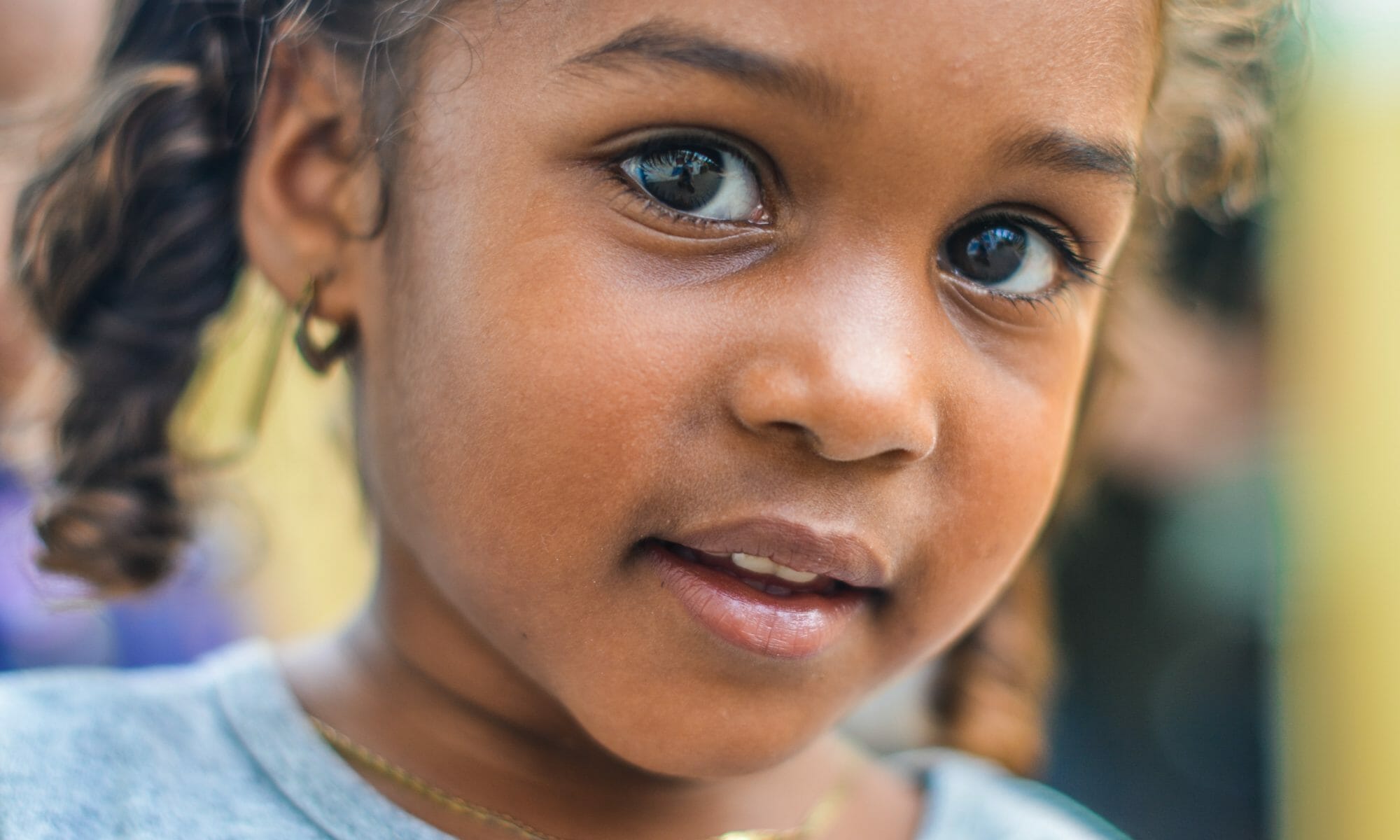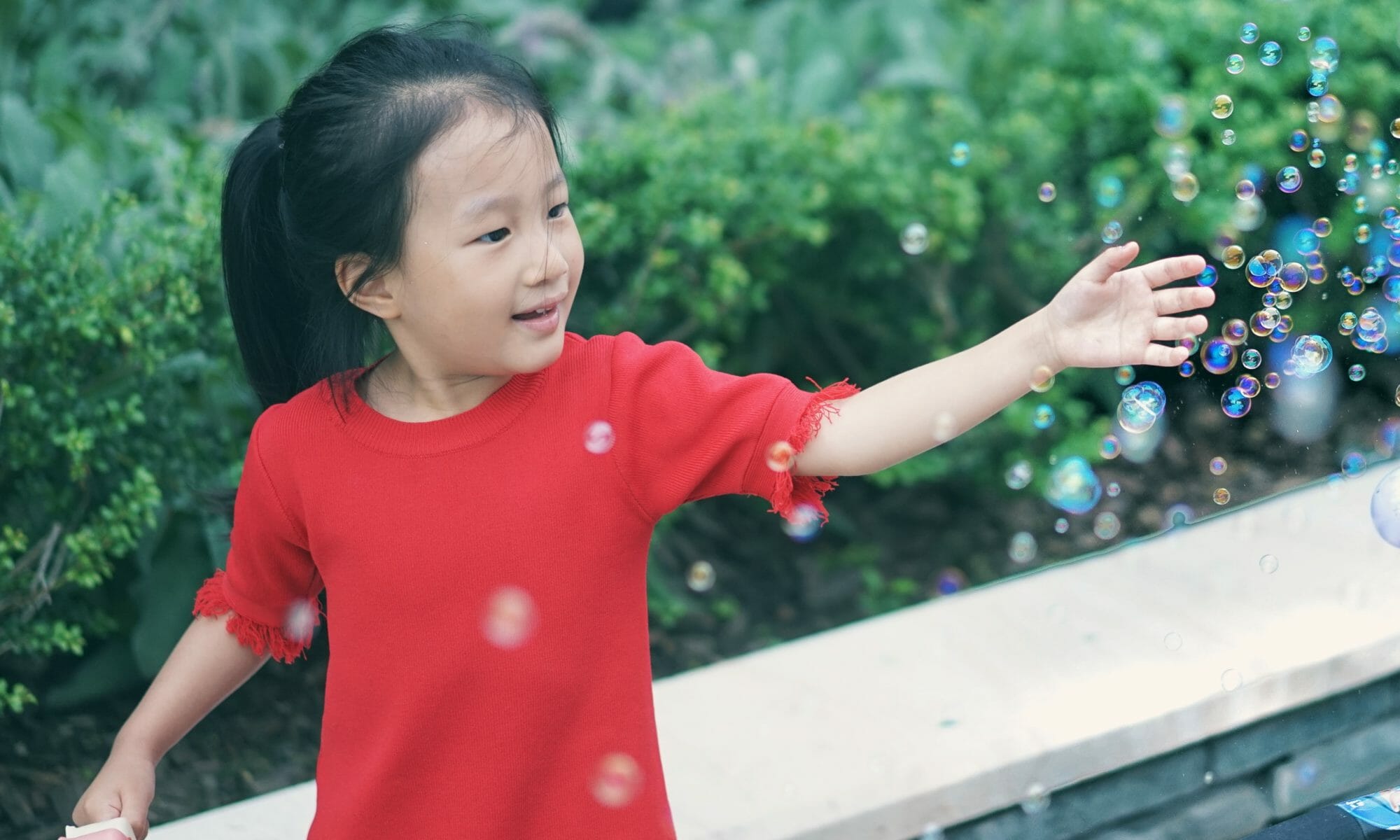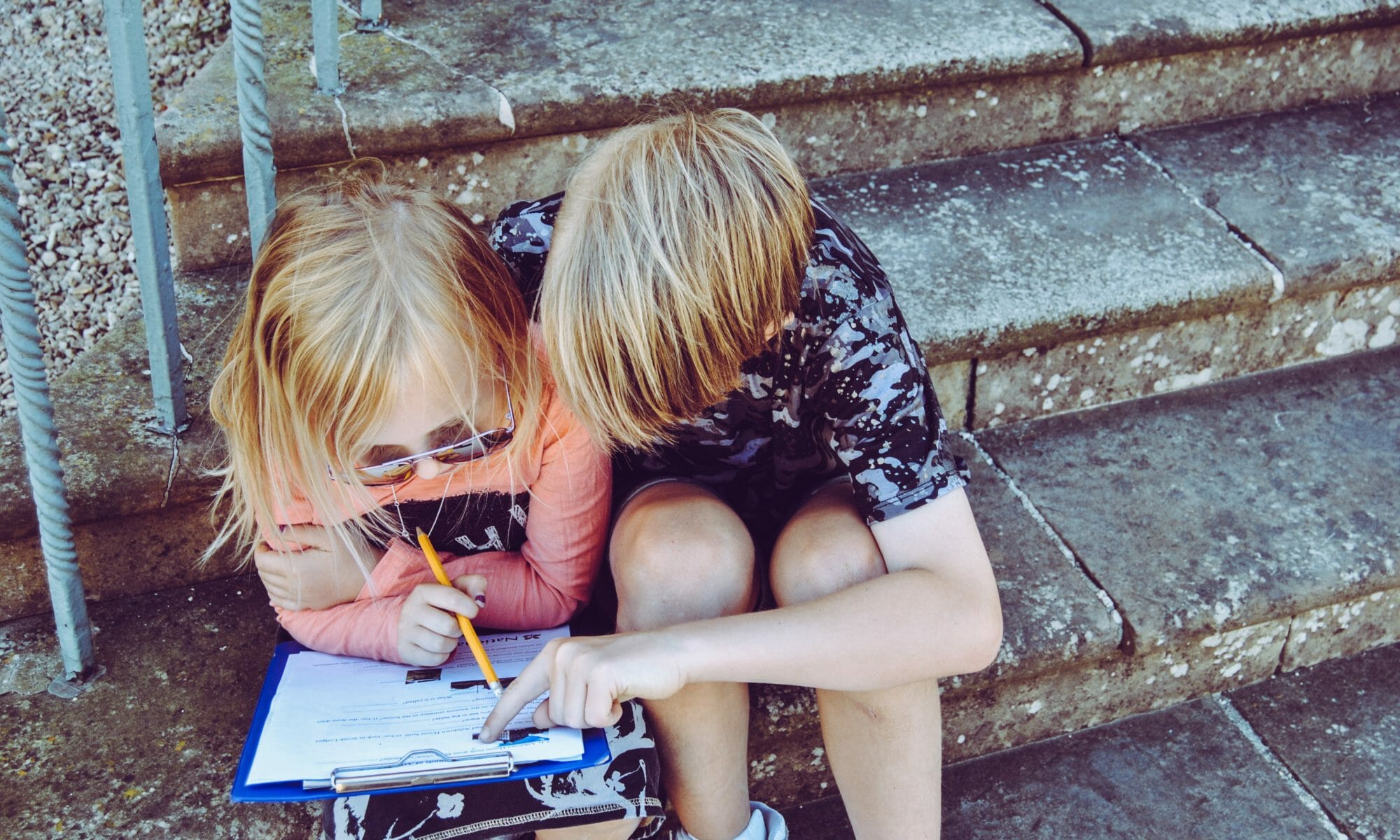Divorce is hard—on you, on your ex, and most of all, on your child.
One day, everything changes. The home they knew splits in two, and suddenly, they’re expected to move between worlds, adjusting to different rules, different vibes, different versions of “normal.” And sometimes… they push back.
Maybe they cry at drop-off. Maybe they beg not to go. Maybe they flat-out refuse.
As a parent, your heart breaks. You want to fix it—but how? Do you force them? Do you give in? Do you call your ex, a lawyer, a therapist?
We understand how heartbreaking it can be when, after a divorce, your child refuses to visit their other parent—or even starts refusing to visit you. You’re not alone. Many parents today are facing this exact situation.
That’s why we’ve put together this A-to-Z guide on what to do when your child refuses visitation with one parent. Before considering legal ramifications or parental feelings, the most crucial step is to understand why your child is resisting visitation.
Why Your Child Might Refuse Visitation – Here are some reasons :
If your child suddenly refuses visitation, it’s not usually out of the blue. There’s almost always something going on beneath the surface—and understanding the “why” is the first step to helping them feel heard and supported.
Here are some of the common reasons we’ve noticed:
Parental conflict can create a lot of stress for kids. Even if you think you’re hiding disagreements, kids are super smart and pick up on tension. They might not want to visit because it feels like they’re in the middle of something.
Sometimes kids feel like they have to choose sides. Maybe they feel like loving one parent means upsetting the other. This can create a lot of internal conflict, and refusing visits might be their way of dealing with that pressure.
Differences in homes can be unsettling. If the rules, routines, or just the general vibe are really different, it can make a child anxious. Going back and forth between these different worlds can be tough.
Big changes in their life can shift things. A new school, losing a friend, or getting really into an activity can change their priorities and schedules. What worked before might not work now.
Sometimes, there are real worries about the other parent. This could be anything from feeling like the other parent isn’t there for them emotionally to more serious stuff. If you have any concerns like this, it’s really important to take them seriously and get professional help to make sure your child is safe.
What one parent says or does can have a big impact. Even little negative comments can influence how a child feels about the other parent and their visits.
Kids’ needs change as they get older. A little one might have separation anxiety, while a teenager might just want more time with their friends and more independence. What worked when they were younger might need to be adjusted as they grow.
Initial Steps to Take When Your Child Refuses Visitation
When you see that your child refuses visitation, the initial response is crucial in setting the tone for how the situation will be handled. Reacting impulsively or emotionally can escalate the problem.
1. Stay Calm and Really Listen to Your Child
First things first—stay calm. Don’t get upset, and try not to interrupt them. Just let them talk. Make sure your child feels safe to share how they feel, even if it’s hard to hear.
You can ask gentle questions like:
- “Can you tell me what’s bothering you about going today?”
- “What’s making you feel this way?”
Listen closely. Repeat back what you hear so they know you’re really trying to understand. This builds trust and helps them open up more.
2. Talk to the Other Parent (Only If It’s Safe)
If you and the other parent have a decent relationship, let them know what’s going on. Keep the conversation focused on your child, not blame. Say something like, “I wanted to talk to you about [child’s name]—they’ve been struggling with visits lately. Maybe we can figure this out together.”
But: If there’s a history of abuse, high conflict, or manipulation, skip direct contact. Instead, talk to a therapist or lawyer for advice.
3. Write Everything Down
Keep notes about what’s happening. Write down the dates, what your child said, how they acted, and anything you discussed with the other parent. This can really help later if you need to involve a counselor, mediator, or court.
Also, keeping track might help you notice a pattern—like if your child gets upset after certain events.
4. Check Your Custody Agreement
Take a look at your custody papers. Make sure you understand what the court order says about visitation. Even though your child’s feelings are important, you’re still legally responsible for following the plan unless it’s officially changed by the court.
Strategies for Encouraging Visitation (When Appropriate and Safe)
Once the initial steps have been taken, and if the situation does not involve safety concerns, there are several strategies that can be employed to encourage visitation.
Deal with the Real Issues (If You Know Them)
If your child has told you exactly what’s bothering them—like not liking the routine at the other house—talk about it. Maybe both parents can work together to fix it, like setting a more regular schedule.
Sometimes, just letting the child be part of the solution helps them feel more in control and open to visiting again.
Take It Slow (If Needed)
If your child is really anxious, maybe start with short visits. Even meeting in a neutral place (like a park or café) might help. The goal is to help them feel safe and not overwhelmed. You could also consider supervised visits if needed—especially if there’s been a long break or concerns about their well-being.
Focus on the Good (But Don’t Bribe Them)
Remind your child of the fun things they’ve done with the other parent—like playing games, going out for ice cream, or just hanging out. Talk about the emotional benefits, not just gifts or treats. Bribing can backfire.
Instead, keep the focus on love, memories, and the bond between parent and child.
Let Them Know It’s Okay to Love Both Parents
Reassure your child that loving both parents is normal and okay. Say something like:
“It’s fine to enjoy time with your other parent. It doesn’t mean you love me any less.”
Never guilt-trip them. Kids need to feel free to love both parents without picking sides.
Make Transitions Easier
Work with the other parent to make pick-up and drop-off smooth and low-stress. Stick to the same routine, speak kindly to each other in front of the child, and keep adult issues out of earshot.
Even small signs of teamwork between parents help your child feel more secure and less anxious about visitation.
When You should take Professional Help if your child refuses visitation
Sometimes, when a child refuses to visit their other parent, it’s more than just a phase—it could be a sign that they need some help. If your child seems upset, scared, or just keeps saying no to visits, it might be time to talk to a family therapist. A family therapist or counselor can help your child talk about their feelings and figure out why they don’t want to go. They can also help you and the other parent communicate better, solve conflicts, and focus on what’s best for your child.
If you and the other parent keep arguing about visits, mediation can help. A mediator is a neutral person who helps both of you work things out without going to court. But if there’s a safety concern, the other parent isn’t following the custody order, or you just can’t agree, you might need legal help.In serious cases—like if you think your child is being abused or neglected—you should contact Child Protective Services (CPS). Just make sure your concerns are real, because false reports can cause big problems. The most important thing is keeping your child safe and happy.
Legal Implications and Parental Rights: What Happens When Your Child Refuses Visitation or Rejects Time with the Other Parent?
Legally, both parents are expected to follow the court’s visitation schedule unless there’s an official change to it. Even if your child doesn’t want to go, you’re still responsible for encouraging those visits.
If the visits keep getting missed, and the other parent takes it to court, the parent who didn’t follow the schedule could get into legal trouble. This might mean being held in contempt of court, getting fined, or even facing changes to the custody agreement. Courts do understand that kids sometimes have strong feelings, but they also expect both parents to stick to the plan and do what’s best for the child.
Now, if your child is older and keeps saying they don’t want to go, it might be time to talk to a lawyer about possibly changing the custody order. A judge might consider your child’s wishes, especially if they’re mature enough to explain why. But it’s not just about what the child wants—the court looks at many things, like the child’s age, emotional health, and the reasons behind their refusal.
In some cases, your child might get a chance to speak with a judge or a court-appointed professional, like a guardian ad litem. They help the court understand the child’s perspective. Every state handles this differently, so it’s important to check with a local family law attorney to know exactly what steps you can take. Always remember, the goal is to find the best path forward for your child’s well-being.
Things NOT to Do When Your Child Refuses Visitation
First, don’t try to force your child to go. Pressuring them or dragging them into the car will only make things worse. It can make your child more upset and might even hurt your bond with them. Instead, try to talk with your child calmly and find out what’s really bothering them.
Also, try your best not to say bad things about the other parent around your child. Even small comments can make your child feel torn or guilty. They love both of you, and hearing one parent talk badly about the other can make them feel stuck in the middle.
And finally, don’t ignore the problem. Hoping it’ll go away on its own usually backfires. Talk to your child, listen to their feelings, and if needed, get help from a counselor or mediator. Solving things early keeps small issues from becoming big ones.
The key is patience, understanding, and putting your child’s emotions first. It’s not easy, but handling things the right way now will help everyone in the long run.


